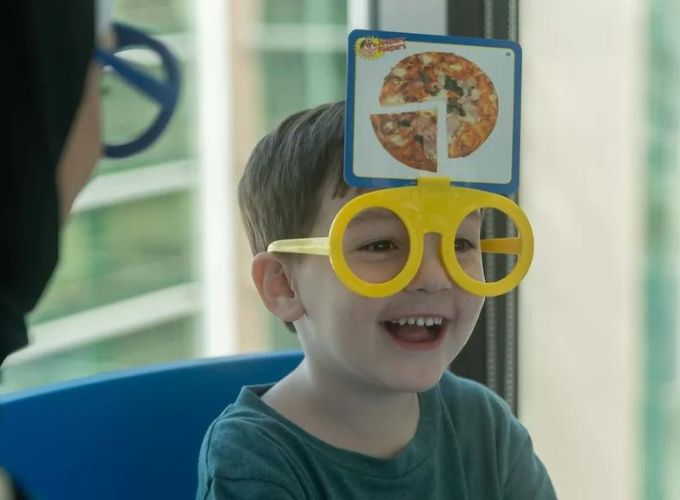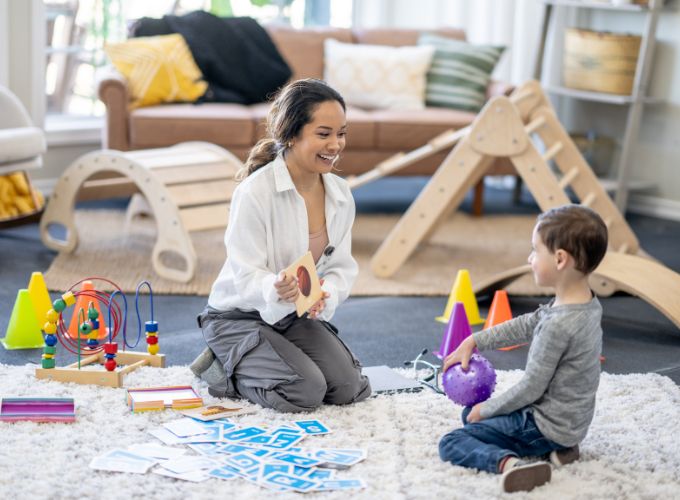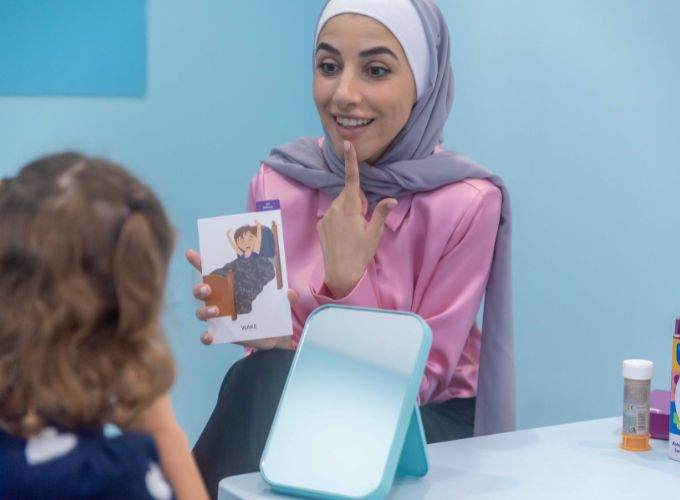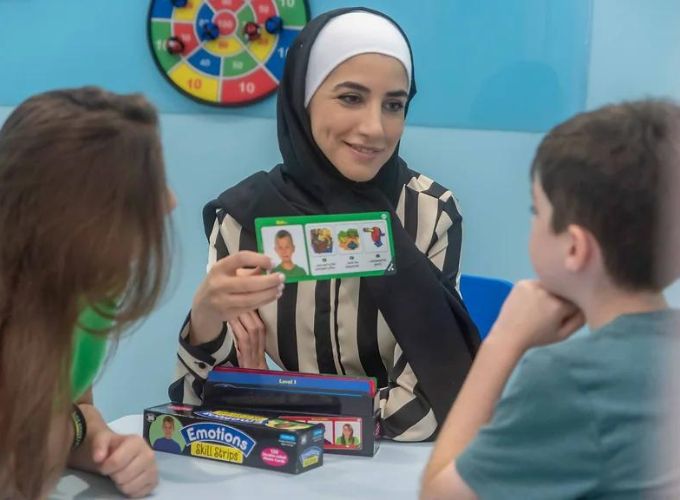What is Colorful Semantics?
Colorful Semantics is a therapeutic approach designed to help children develop their sentence-building and language skills. Created by speech and language therapist Alison Bryan, this method uses color-coded visual cues to teach children the structure of sentences. Each part of a sentence is assigned a specific color, making it easier for children to understand and construct sentences correctly.
Why is Colorful Semantics Important?
Children with language difficulties often struggle with understanding and forming sentences. Colorful Semantics provides a clear and visual way to break down sentences, helping children grasp the components and their order. This approach is particularly beneficial for children with autism, developmental language disorder, and other communication challenges.
Schedule an appointment with one of our Speech Language Therapists today to discover how we can help you.
Key Benefits of Colorful Semantics
Improved Sentence Structure
Visual Learning
Support for Diverse Learners
Enhanced Vocabulary
Increased Confidence
If you have any questions about our approaches, do not hesitate to
contact Perfect Balance Speech & Language Therapy for help.
How Speech and Language Therapists (SLTs) Use Colorful Semantics
SLTs use Colorful Semantics to support children with language development. Here’s how:
- Color Coding: Each part of a sentence is assigned a specific color (e.g., who is doing the action, what they are doing, where they are doing it). For example:
-
- Who (subject) – Orange
- What doing (verb) – Yellow
- What (object) – Green
- Where (location) – Blue

-
- Visual Cues: SLTs use color-coded cards or charts to help children visualize and construct sentences.
- Step-by-Step Learning: Children start with simple sentences and gradually progress to more complex ones.
- Interactive Activities: Engaging activities like matching games, sentence building exercises, and storytelling using color-coded prompts.
Examples of Colorful Semantics Activities
- Sentence Building: Using color-coded cards to create sentences. For example, “The boy (orange) is eating (yellow) an apple (green) in the park (blue).”
- Matching Games: Matching words to their corresponding colors to reinforce understanding.
- Story Creation: Using color-coded prompts to create and tell stories, enhancing narrative skills.
- Worksheets: Completing worksheets that involve filling in the blanks with color-coded words.
Tips for Parents
- Practice at Home: Use color-coded cards or charts during daily activities to reinforce what your child learns in therapy.
- Be Creative: Incorporate colorful semantics into fun activities like drawing or storytelling.
- Stay Positive: Celebrate your child’s progress and provide positive reinforcement.
- Collaborate with SLTs: Work closely with your child’s therapist to understand how you can support their learning at home.
Colorful Semantics is a powerful tool that helps children improve their sentence-building and language skills through visual and engaging methods. By understanding and supporting this approach, parents can play a crucial role in their child’s language development.
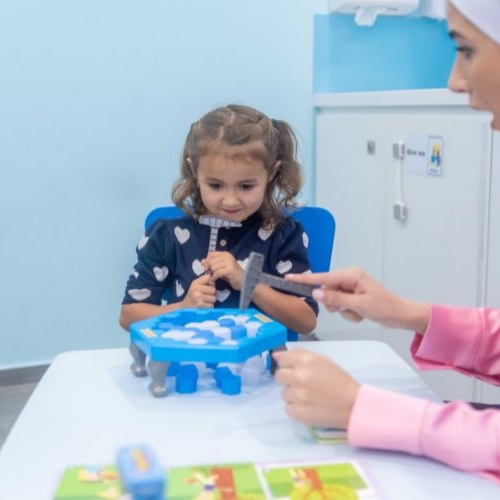
Request an appointment to improve speech and communication skills.
Our Speech and Language therapists can help enhance language abilities, articulation,
and social communication, empowering you to communicate confidently and effectively!
Schedule a consultation with Perfect Balance Speech & Language Therapy today, and
take the first step on your child’s journey to better communication!
